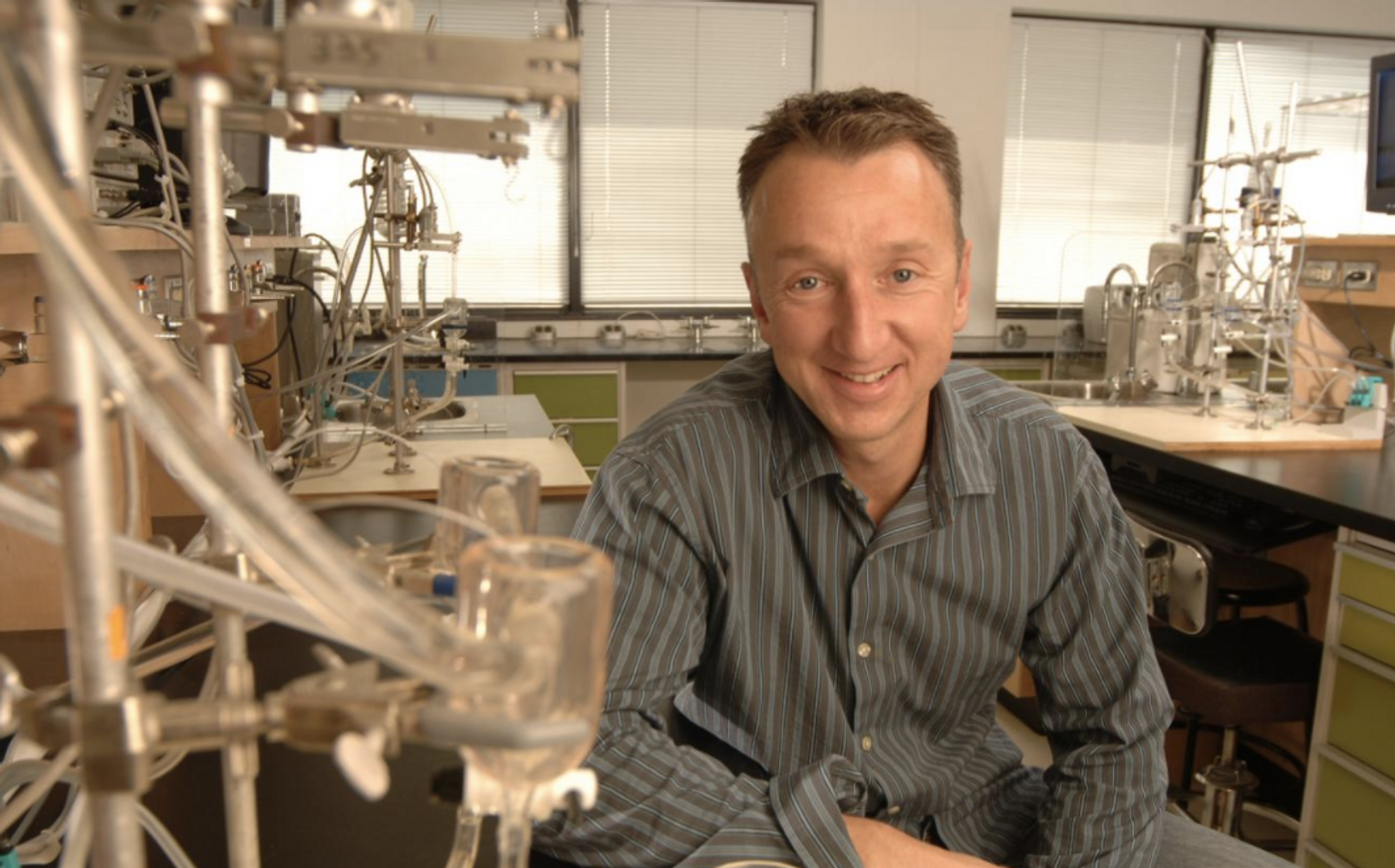Low Light Levels may be a Culprit in Winter Weight Gain
Sunshine is known to be beneficial to our health in moderation, and scientists have discovered something surprising about how it impacts fat. Investigators at the University of Alberta found that fat cells just underneath the skin actually shrink when they are exposed to blue light produced by the sun.
"When the sun's blue light wavelengths--the light we can see with our eye--penetrate our skin and reach the fat cells just beneath, lipid droplets reduce in size and are released out of the cell. In other words, our cells don't store as much fat," explained Peter Light, senior author of the study, who is a professor of pharmacology and the director of UAlberta's Alberta Diabetes Institute. “If you flip our findings around, the insufficient sunlight exposure we get eight months of the year living in a northern climate may be promoting fat storage and contribute to the typical weight gain some of us have over winter.”
However, these findings are in the early stages, so basking in sunlight may not be advisable for weight loss just yet. "For example, we don't yet know the intensity and duration of light necessary for this pathway to be activated,” Light added.
This work does indicate that light-based therapies are worth exploring further. It could be a big help for people suffering from obesity-related disorders like diabetes. "Maybe this mechanism contributes to setting the number of fat cells we produce in childhood -- thought to stay with us into adulthood," Light suggested.
"Obviously, there is a lot of literature out there suggesting our current generation will be more overweight than their parents and maybe this feeds into the debate about what is healthy sunshine exposure."
The scientists were studying whether fat cells can be bioengineered to synthesize insulin in response to light. They were aiming to help people suffering from type 1 diabetes, and instead made this discovery.
"It was serendipitous," said Light, who is well aware of the ironic coincidence of his name. "We noticed the reaction in human tissue cells in our negative control experiments, and since there was nothing in the literature, we knew it was important to investigate further."
It is possible, Light speculated, that fat cells stored near the skin might be acting as a kind of biological timekeeper. "It's early days, but it's not a giant leap to suppose that the light that regulates our circadian rhythm, received through our eyes, may also have the same impact through the fat cells near our skin,” he explained.
The pathway under study is known to be stimulated in the eye after exposure to blue wavelengths. "That's why you are not supposed to look at digital devices before bed because they emit the same blue light the sun does, that signals us to wake up," he noted.
"Well, perhaps that pathway - exposure to sunlight that directs our sleep-wake patterns - may also act in a sensory manner, setting the amount of fat humans burn depending on the season. You gain weight in the winter, and then burn it off in the summer. Our initial first observation certainly holds many fascinating clues for our team and others around the world to explore."
Sources: AAAS/Eurkelaert! Via University of Alberta Faculty of Medicine & Dentistry, Scientific Reports









